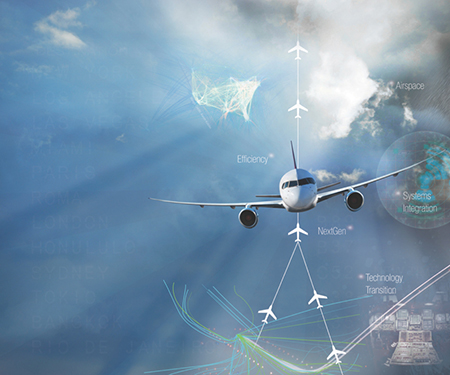|
The Human Systems Integration Division will be hosting a workshop on March 10-12, called "Transitioning to Autonomy: Changes in the Role of Humans in Air Transportation"
(Feb 6, 2015)
As automation technology continues to improve, dramatic changes will occur in how automated and autonomous systems are integrated with human activity. For these future systems to be as efficient as possible, their architectures need to be designed in a way that positions these systems to interact with human agents, as well as take advantage of any special abilities of the human, such as the ability to detect and respond to complex, unanticipated situations. Human roles will shift significantly as both routine and complex tasks become increasingly automated. The challenge is to gain the potential efficiency promised by autonomous systems without sacrificing unique human value and without adversely impacting safety.
NASA is primarily interested in several specific topics related to the broad automation of Air Transportation Management. First, we are trying to understand, from organizations that have successfully used advanced automation and robotics, where it is that humans continue to play critical roles in their industries and what those critical roles are. In some industries, like mining, oil exploration, and car manufacturing, there has been significant progress in creating fully autonomous operations. However, there has also been decisions to limit autonomy or to re-introduce human expertise in specific areas. A second question is: as automation and robotics continue to improve over the coming decades, do human capabilities remain necessary and/or provide added value, and if so, where? The National Airspace is a complex system, and improving efficiency may require a combination of routine management and non-routine problem solving. We need to anticipate what roles the different team members should play in meeting these needs. A third question involves the process of how to move successfully from where we are now to the more automated system anticipated in the next few decades.
The approach of the workshop is to bring together industry, government and academia to identify critical knowledge and direction in the transition to more autonomous Air Transportation Management. Bringing together a range of views and experiences will help characterize the conditions under which high levels of automation or autonomous systems could be implemented, and the conditions under which human participation may be necessary or advantageous. The outcome of the workshop will be the identification of those human capabilities that may need to remain as part of complex systems, the situations under which these human capabilities are needed, and direction on how to approach the continued integration of human intelligence with advancing automation. It is anticipated that the results of this workshop will aid in the further design of a research and development plan that addresses specific needs for a safe and efficient automated Air Transportation System.
 |